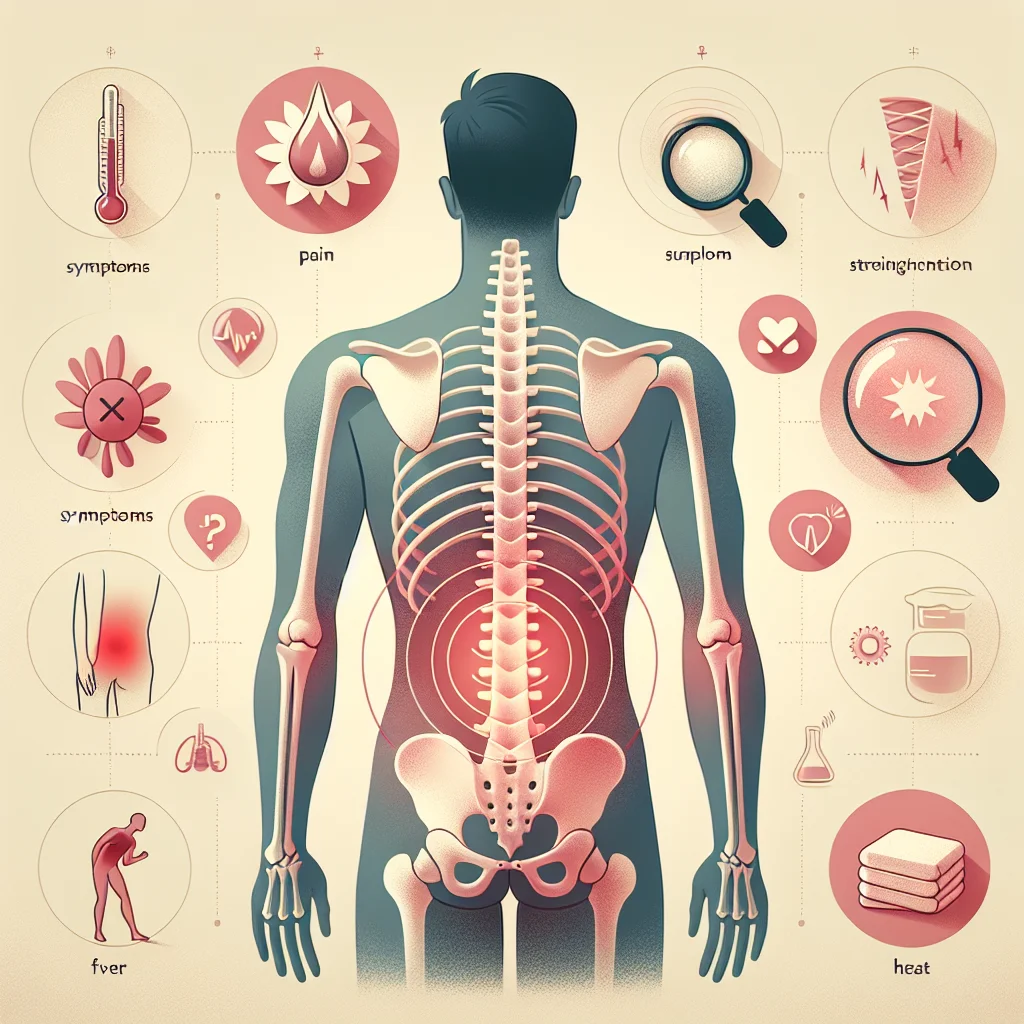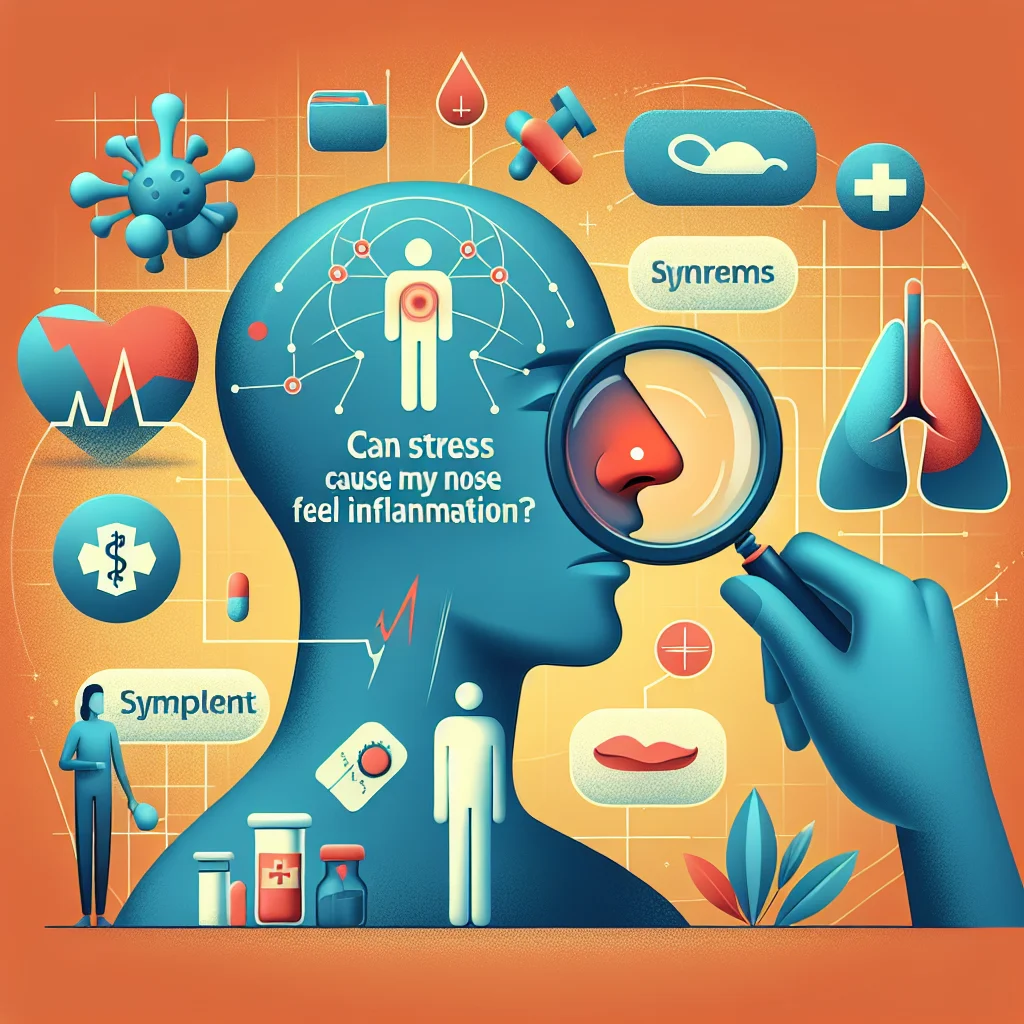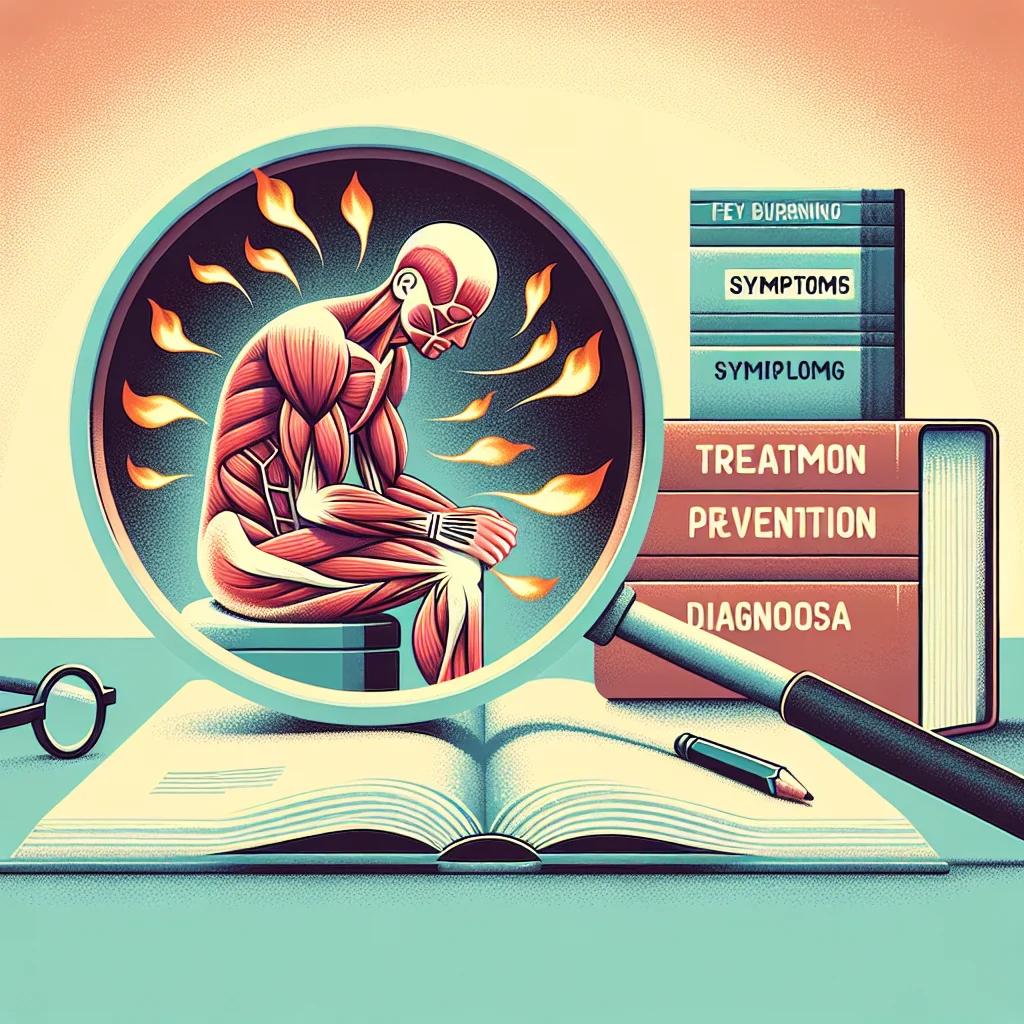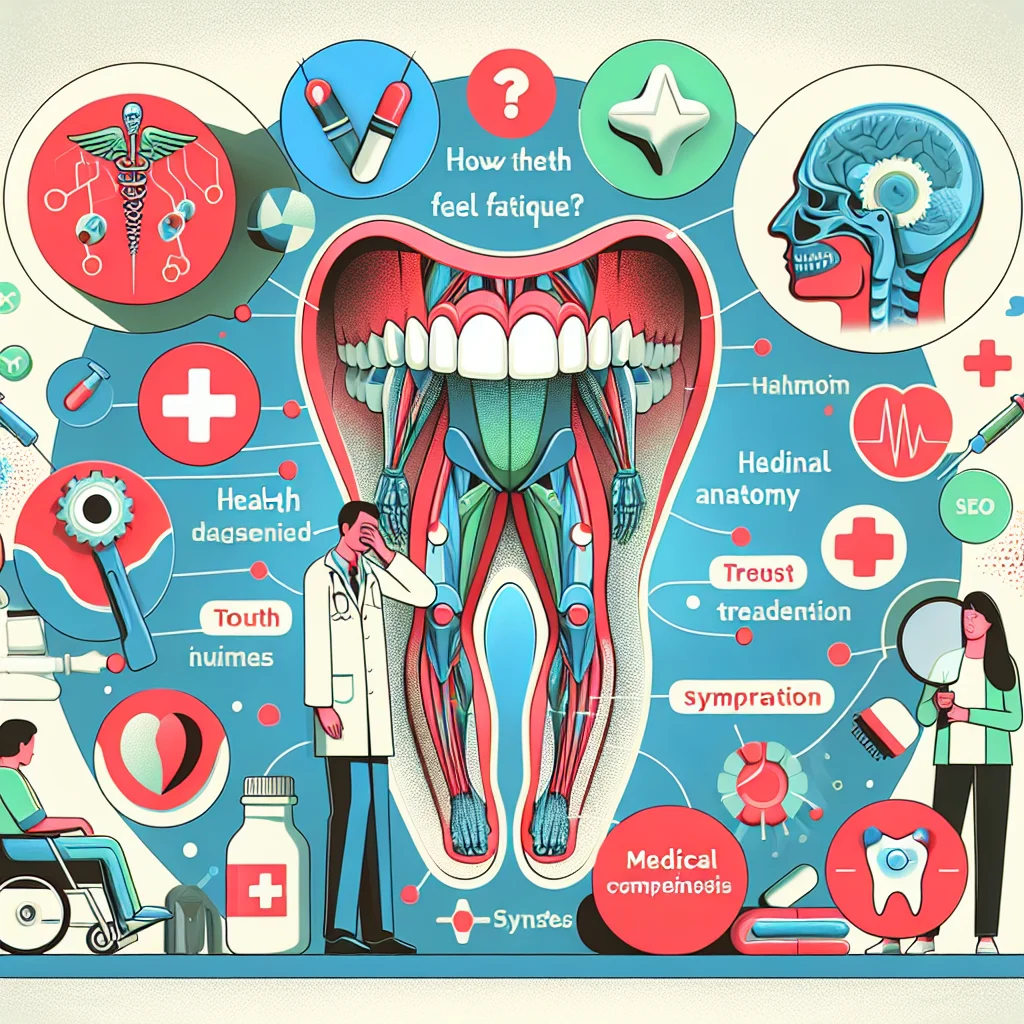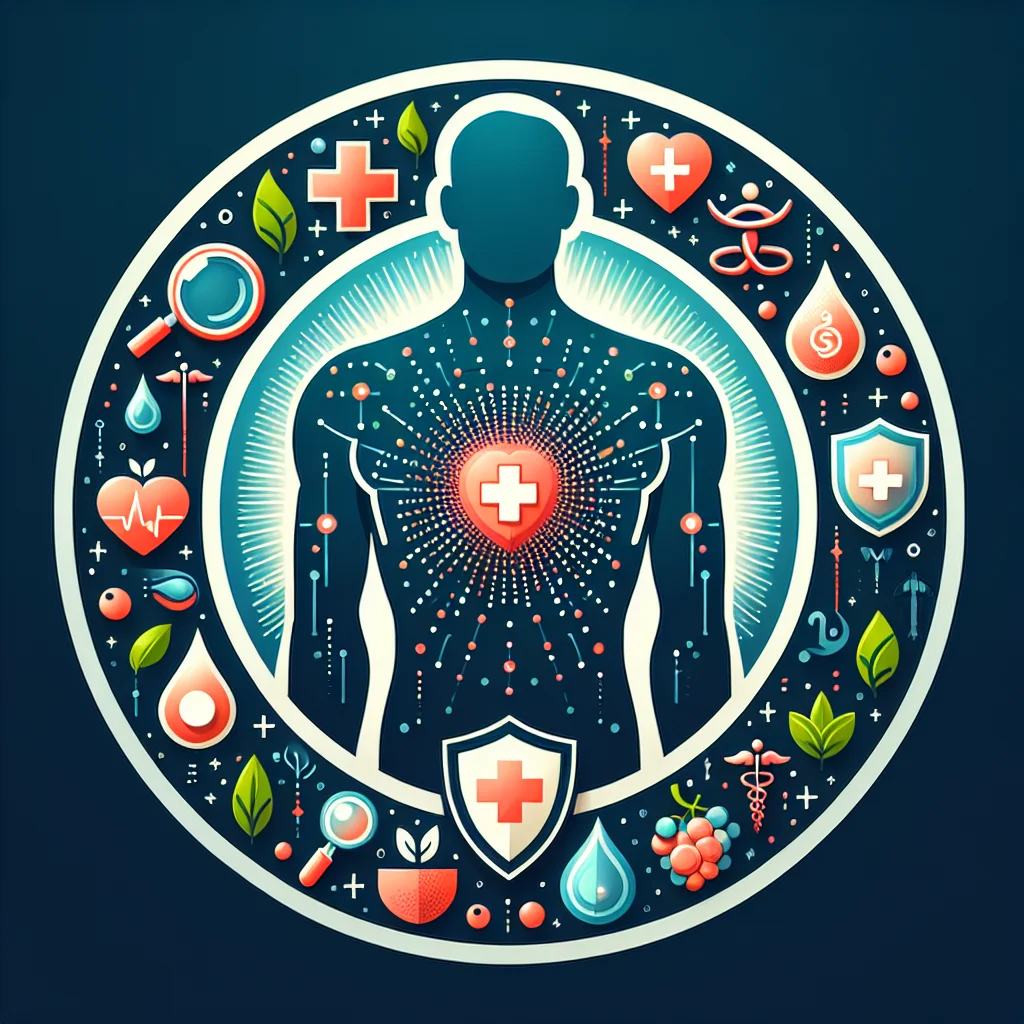
Possible Causes and Medical Insights
Experiencing a rash on your chest can be concerning, but understanding the underlying causes is the first step towards effective treatment. Common culprits for a chest rash include allergic reactions, heat rash, eczema, and contact dermatitis. Sometimes, fungal or bacterial infections may also contribute. Identifying the specific trigger is crucial, as the management varies depending on the underlying issue. Consulting credible health advice can help guide your next steps.
Medical insight reveals that some chest rashes may be linked to systemic conditions such as viral infections or autoimmune disorders. In rare cases, medications or environmental factors can cause skin irritation manifesting as a rash on the chest. It’s important not to ignore a persistent or spreading rash, as timely treatment can prevent complications and promote faster healing. Always consider your recent exposures, new products, or medications when evaluating the cause.
Symptoms and Risk Factors
Chest rash symptoms can range from mild redness and itching to more pronounced swelling, blistering, or peeling skin. You might notice raised bumps, dry patches, or even warmth around the affected area. It's essential to monitor whether the rash is accompanied by other symptoms, such as fever, difficulty breathing, or general malaise, as these could indicate a more serious health condition.
Certain risk factors can increase the likelihood of developing a chest rash. These include a history of allergies, sensitive skin, excessive sweating, or exposure to new soaps, detergents, or fabrics. Individuals with chronic health conditions like eczema or immune system disorders may be more susceptible. Recognizing these risk factors can empower you to make informed decisions about prevention and prompt treatment.
Diagnosis and When to See a Doctor
Proper diagnosis of a chest rash often involves a physical examination and a review of your recent health history. In some cases, doctors may recommend skin swabs, allergy testing, or blood tests to determine the exact cause. Accurate diagnosis is vital for choosing the most effective treatment and avoiding unnecessary complications.
It’s important to seek medical advice if your chest rash is severe, persistent, or associated with symptoms like fever, pain, or shortness of breath. Rapidly spreading rashes, open sores, or signs of infection such as pus require prompt evaluation by a healthcare professional. Early intervention ensures better outcomes and helps identify any underlying health issues that may need attention.
Prevention and Home Remedies
Preventing a chest rash begins with avoiding known irritants, such as harsh soaps, fragranced lotions, and tight clothing that may trap sweat. Opt for breathable, cotton fabrics and practice good hygiene to minimize the risk of irritation or infection. Regularly moisturizing your skin can also help prevent dryness and reduce the likelihood of rashes.
For mild cases, home remedies can provide significant relief. Applying cool compresses, using over-the-counter hydrocortisone creams, and taking antihistamines can ease itching and inflammation. Keeping the affected area clean and dry is crucial. If you notice no improvement after a few days or symptoms worsen, consult a healthcare provider for further health advice and targeted treatment options.

